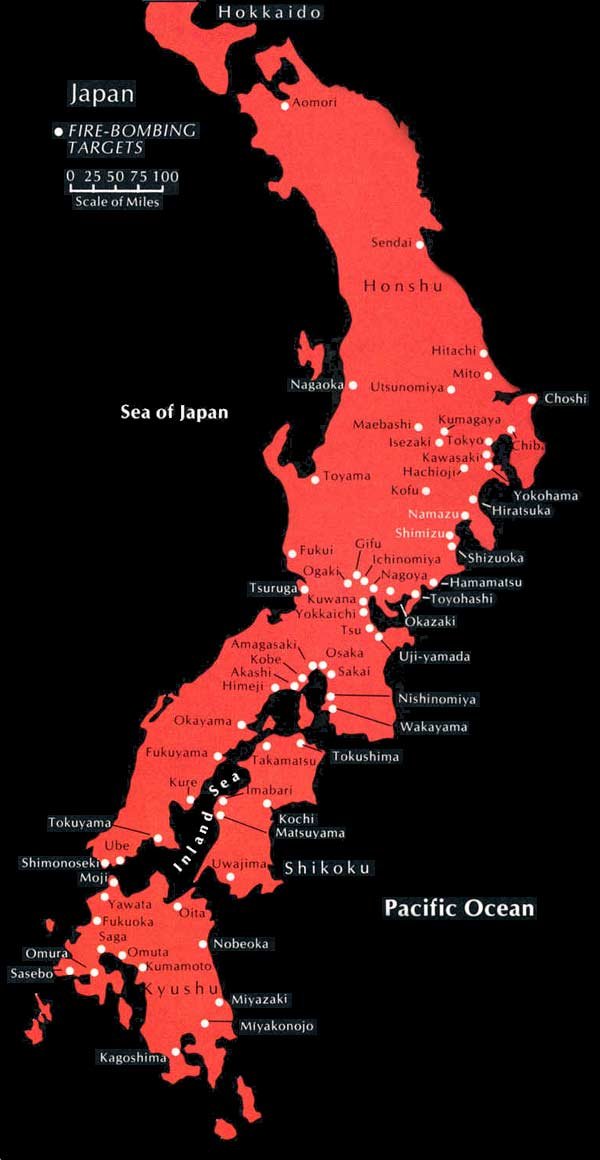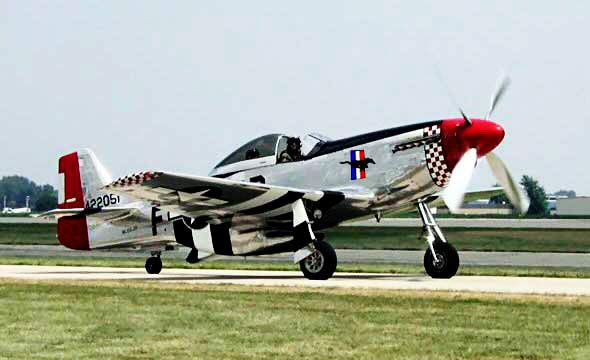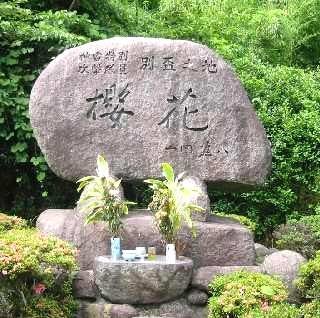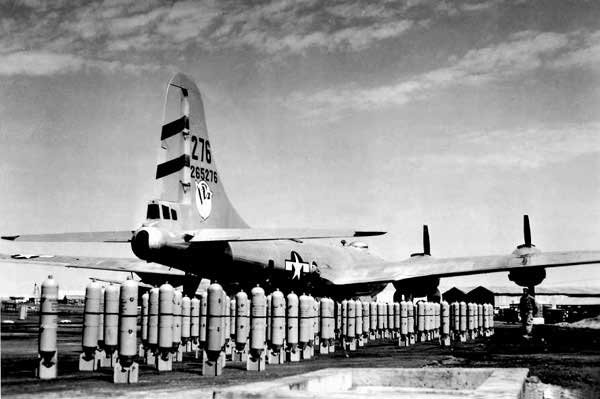JAPANESE LOSSES MOUNT

JAPANESE MAP OF FIREBOMBING TARGETS
By March 1945, only 500 fighters were available to the Japanese Air-defense force. Most of their aircraft factories were damaged, there was a shortage of pilots, training facilities lacked instructors, and worst of all gasoline was extremely scarce. U.S. Navy fighters were swarming all over Japan along with escort P-51s. The Japanese tried a substitute for standard aviation fuel called A-Go, which was a mixture of gasoline and alcohol. This proved to be dangerously unreliable, as engines began quitting in flight, four students in flight school were killed. Other pilots had narrow escapes. The futility of the Japanese air defense was becoming more obvious. Ramming attacks against the B-29s increased in their desperate fight to defend their country. Curtis LeMay now had over 1000 B-29s which were escorted by P-51s, and roamed the skies practically unchallenged. The firebombing of virtually every city in Japan was nearing an end, with nearly every city incinerated by the deadly napalm attacks. Thermite bombs were being used along with the napalm and fragmentation bombs. Radio Tokyo called the raids "slaughter bombing". LeMays almost daily raids using over 300 B-29s had obliterated all of Japan, and he complained that he was running out of cities to bomb.There were four cities "off limits" to the B-29s. Hirishima, Nagasaki, Niigata and Kokura. By August LeMay learned why they had been "reserved".

P-51 MUSTANG FIGHTER ESCORT FOR B-29s
 |
| OHKA MONUMENT, located near Kanoya Air Base where departing suicide pilots drank their farewell toast. |

B-29 LOADING - Ctsy. ARMY ARCHIVES